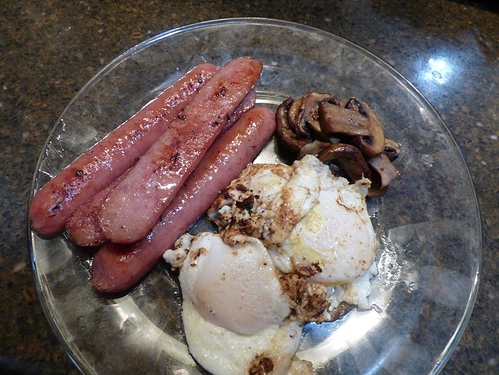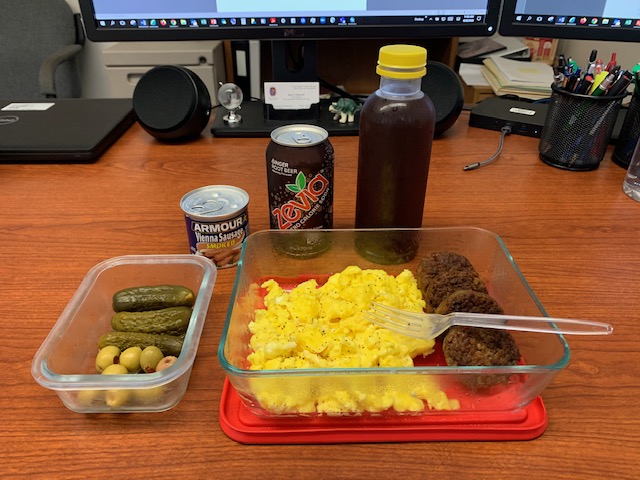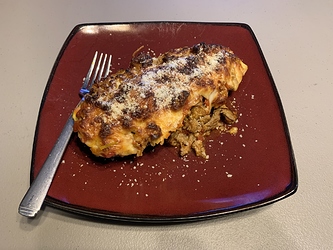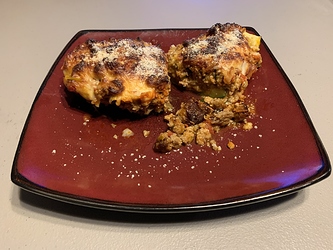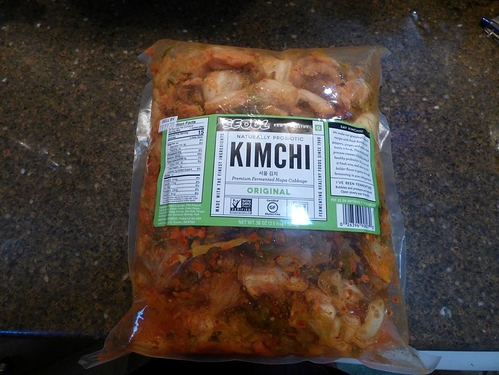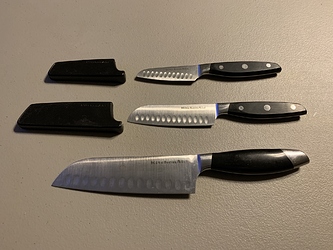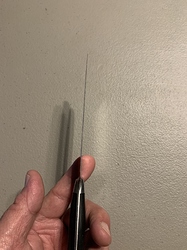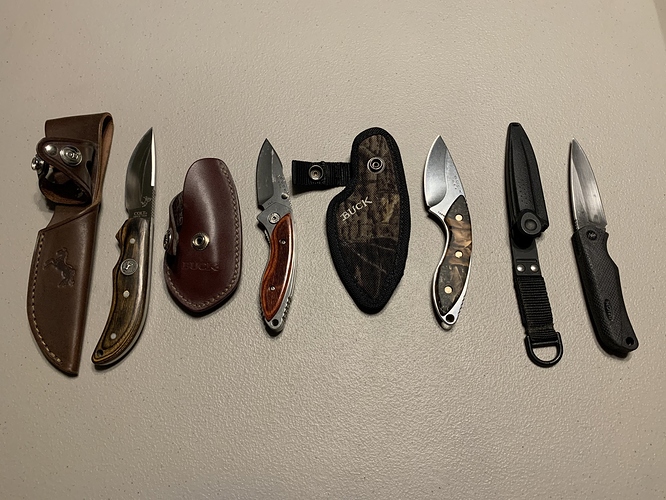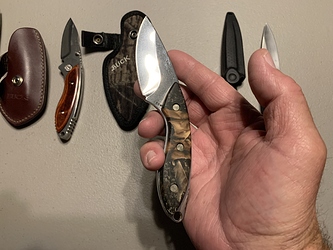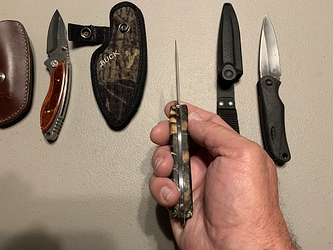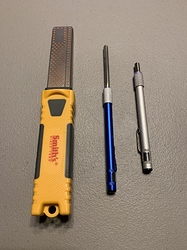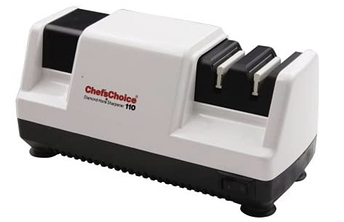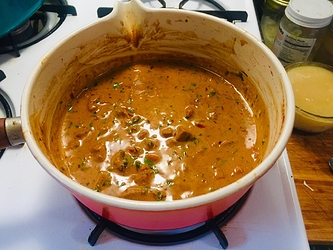Ok, so when we purchase bulk meats like we did on Sunday, and those larger pieces don’t have bones, these are the knives that I usually prefer to use. They have very thin blades, which I find works well for cutting meats without the bone in. (essentially just trimming or cutting pieces into sections for sealing. … The thinner blades are easier to keep sharpened, but are more prone to flattening if you constantly hit hard bone, or even cutting boards.) I prefer using the glass ones since cleanup is much easier and are less likely to get bacteria buildup like wood if you don’t stay on top of them. … These knives also work great for slicing things like Cheese, Vegetables, etc. The slotted blades help keep things from sticking, allowing air pockets to form while you cut through them. But the overall sharpness is the most important, and the one in the middle is the one that I will use the most for all the above mentioned.
*As I mentioned, I find that having an extremely sharp knife really helps a lot, especially for Silver Skin, by letting the knife do the work just keeping the knife angled a little more toward the skin which is thick enough to not slice through in this method, but will release it from the meat easily. - You can remove Silver Skin a few ways… My wife likes to put the Silver Skin on the bottom, slip the knife in between the meat and skin (Keeping it level with the table and slightly toward the Skin) and slices it from underneath. (Similar to how some might remove skin from fish) I do the same at times, but also work it from the top too. The trick is to slice just along and under the layer of Silver Skin, simply detaching it from the meat, without digging into the meat itself, and then slide the knife slightly toward the Skin, which will allow the blade to slide along it. (But keep in mind a sharp knife will and can slice through it if angled too much toward it) And a dull knife will not do this well, and has the potential for an accident to occur.
Like most other animals, on a Deer, the Back-Straps have Silver Skin along the entire section on the outside of the cut. The inner side attaches to the spine. So you need to work it carefully off all the uneven vertebrae so not to loose meat. So for this type of work I prefer a knife with a sharpened point/tip, smaller in size, but also with a thicker overall blade such as some of the examples shown below. And I always prefer full-tang, with the metal running through the entire knife end to end. … Connected blades and/or folders have that failure potential as well if too much pressure is placed on them. … Though I do have some of them myself, 90% of my knives are full tang for the strength they provide. (And peace of mind)*
And my overall Favorite is the Alpha-Hunter by Buck Knives, namely the Camo one third from the left. I have two of them, one in Maple and the Camo. I also have both versions of the folders, again one of each. But if I had to choose only one knife to ever carry for Deer, it would be that one. I find they hold their edge extremely well, are quite sturdy and the perfect size for caping and quartering the animal. It’s a nice little package that really does the job with ease, and it’s easy to keep clean as well. … The Buck on the far right is also a nice choice for cutting up Deer meat or removing Silver Skin, with it’s rubber handle for grip and it’s thin blade. But I find the edge doesn’t hold up like the others shown unfortunately.
I have sort-of always collected knives my entire life, or at least picked up ‘many’ over the years. If I had to guess, I would say I probably have at least 60 or 70? (Could be more?) But of course sharpening them is something I’ve always done and enjoyed. I even had guys back in the day that I worked construction with, who would have me take their knives home and sharpen them once they seen or used mine. So I have used quite a few methods/tools over the years, but I have two that I use and like the best. … First would be the compact Diamond Rod sharpeners which I probably use most. (Shown below) The biggest issue with manual sharpening, is of course, keeping the angle of the blade right. And I find the more you do it, the easier it comes. … The other one, shown on the left, I recently purchased last year to try it, and I have to say it does work pretty good, but I find it a bit awkward compared to the rod sharpeners. … The other would be an nice Electric sharpener, with multiple grit wheels, like the one I show below. I have one somewhere down in the basement I’ve had for many years, and it does work well. As I mentioned in an earlier post, it is definitely a time saver. Especially when you’re sharpening multiple knives. But since I don’t mind doing it manually, I get more satisfaction from I guess? But either method would work.
Note: The Electric Sharpener pictured below is not mine. But since I could not locate mine, I used this image. I can say I think it’s the exact same make/model since it looks just like the one I have. The Wheel on the left is the rougher grind stone to help shape the blade, and the two on the right are for fine tuning the edge. Once you establish an edge by keeping the knife perfectly straight and pulling it fully through the slots, the grinding wheels are angled to produce the edge for you. You just want to let the grinding wheels do the work and not try to push down on them to make them work faster. This doesn’t help it do it’s job, and can actually cause issues. But this method is clearly the easiest, fastest way to sharpen knives to an extremely sharp edge. … With either method used, you also need to make sure you don’t overdo it, and fold the edge. This happens when you get the edge to razor sharpness, and I mean you can shave hair with it, and then the edge can fold over from thinning or cutting hard surfaces.
Sorry for the long post, I was just trying to provide what information I could for questions asked… 
 Made me hungry too, hence I had steak twice today.
Made me hungry too, hence I had steak twice today. 
 (Like to say 'Hey, there’s more to come!
(Like to say 'Hey, there’s more to come!  ) … They just better hope not to meet Khaleesi. Because she loves playing with them.
) … They just better hope not to meet Khaleesi. Because she loves playing with them. 






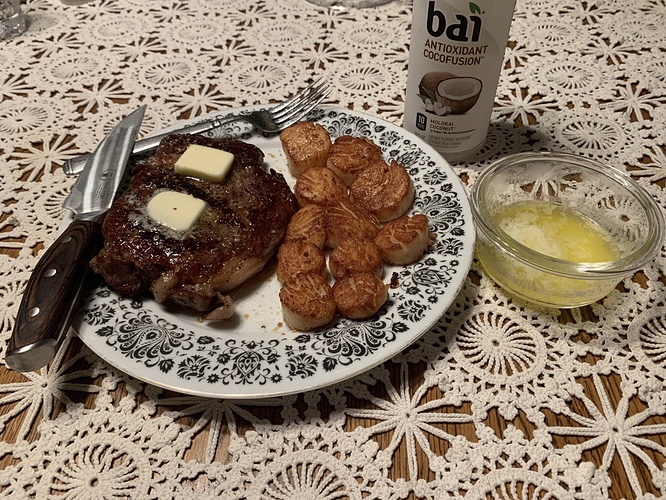
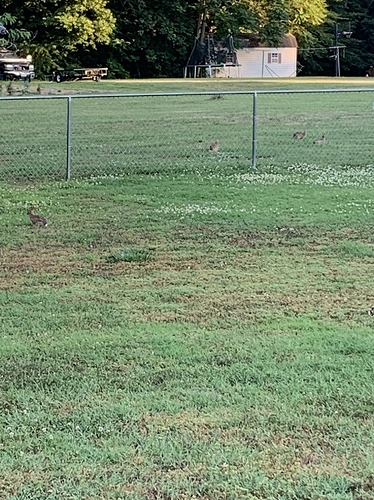
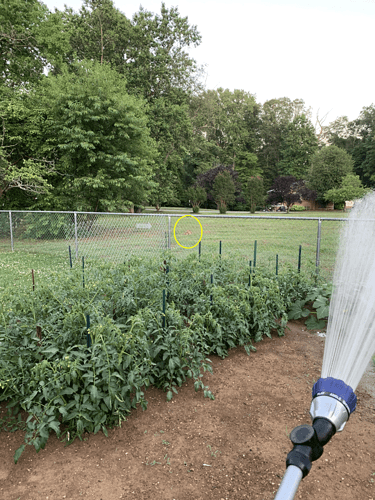
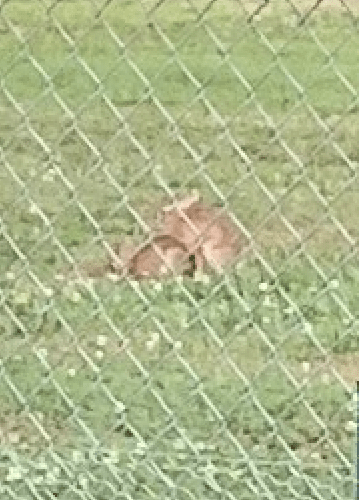
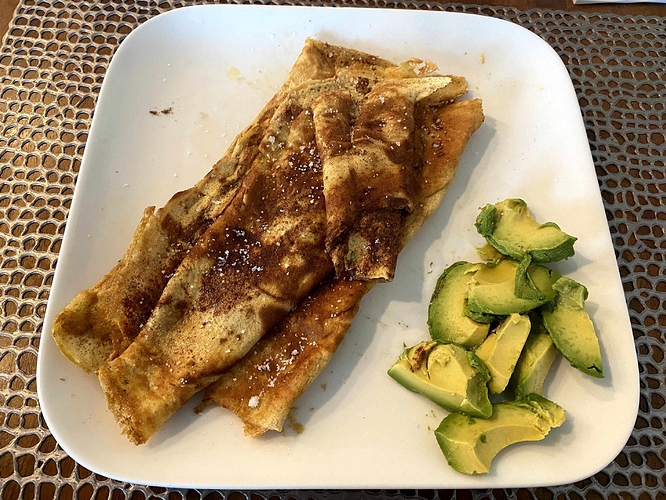
 ) and I’m the only one in the neighborhood that even has a fence. …They also seem to know that they only come out occasionally too, since mine are house dogs. The only time they are out there for longer periods of time, is when they happen to be out there with me while I’m working, etc. - But I do find the occasional Rabbit, or should I say parts of one every once in a while. Always fun to find 1/2 a Rabbit or Squirrel out there. And I can usually tell when they keep wanting to go back out that somethings up.
) and I’m the only one in the neighborhood that even has a fence. …They also seem to know that they only come out occasionally too, since mine are house dogs. The only time they are out there for longer periods of time, is when they happen to be out there with me while I’m working, etc. - But I do find the occasional Rabbit, or should I say parts of one every once in a while. Always fun to find 1/2 a Rabbit or Squirrel out there. And I can usually tell when they keep wanting to go back out that somethings up.